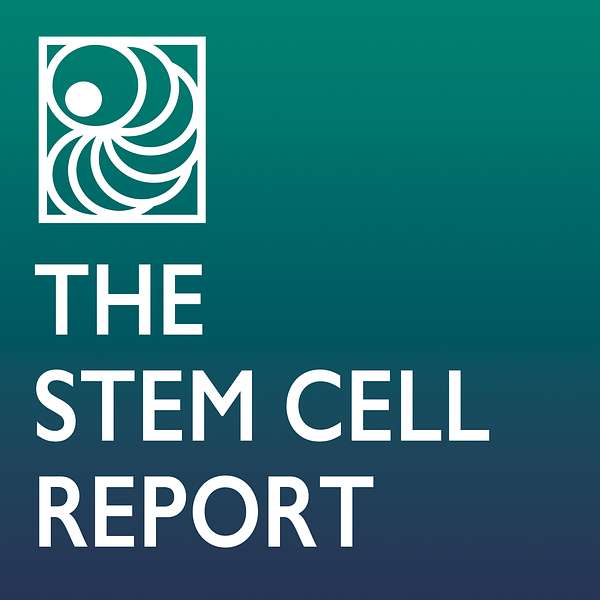
The Stem Cell Report with Janet Rossant
Stem cell science has catapulted to the forefront of biomedical research over the last decade, bringing with it the potential to transform human health and the treatment of devastating diseases and disorders. Janet Rossant, an internationally recognized stem cell pioneer and the dynamic editor-in-chief of Stem Cell Reports, explores basic discoveries in stem cell research and its application. Dr. Rossant goes “beyond the paper,” bringing authors together to draw new insights and explore the questions and creativity that drive new breakthroughs. Stem Cell Reports, published by the International Society for Stem Cell Research (ISSCR), is an open-access, peer reviewed journal that supports the field of stem cell research and regenerative medicine.
The Stem Cell Report with Janet Rossant
Cancer Neuroscience, Tumor Organoids, and Understanding the Role of the Nervous System in Human Glioblastoma
The role of neuronal influences on cancer pathogenesis and progression is increasingly appreciated in the nervous system. Neurons have been shown to enhance the proliferation and migration of gliomas, a glial-derived tumor of the CNS, via diffusible paracrine factors or synaptic inputs onto tumor cells. In glioblastomas, a highly aggressive glioma, mostly glutamatergic inputs have been identified. While the potential for glioblastomas to receive projections from neurons of other neurotransmitter subtypes, such as from cholinergic neurons, has recently been discovered in xenotransplantation models, whether synapses can form between human cholinergic neurons and glioblastoma cells and consequences of these inputs and other non-synaptic mechanisms are still unknown.
Human induced pluripotent stem cell-based models have been emerging as a powerful platform for studying human-specific disease mechanisms. Today’s guests developed a co-culture model for the study of neuron-tumor interactions by combining patient derived glioblastoma organoids and hiPSC-derived cholinergic neurons. They will discuss their recent findings and what it means for understanding and potentially treating a tumor for which there is no known cure.
Guests
Guo-li Ming, MD, PhD, Department of Neuroscience and Mahoney Institute for Neurosciences, Perelman School of Medicine, University of Pennsylvania
Hongjun Song, PhD, Department of Neuroscience and Mahoney Institute for
Neurosciences, Perelman School of Medicine, University of Pennsylvania
Yusha Sun, Neuroscience Graduate Group, Perelman School of Medicine, University of Pennsylvania
Host
Janet Rossant, Editor-in-Chief, Stem Cell Reports and The Gairdner Foundation
Supporting Content
Paper link: Cholinergic neuron-to-glioblastoma synapses in a human iPSC-derived co-culture model, Stem Cell Reports
About Stem Cell Reports
Stem Cell Reports is the open access, peer-reviewed journal of the International Society for Stem Cell Research (ISSCR) for communicating basic discoveries in stem cell research, in addition to translational and clinical studies. Stem Cell Reports focuses on original research with conceptual or practical advances that are of broad interest to stem cell biologists and clinicians.
X: @StemCellReports
About ISSCR
With nearly 5,000 members from more than 80 countries, the International Society for Stem Cell Research (@ISSCR) is the preeminent global, cross-disciplinary, science-based organization dedicated to stem cell research and its translation to the clinic. The ISSCR mission is to promote excellence in stem cell science and applications to human health.
ISSCR Staff
Keith Alm, Chief Executive Officer
Yvonne Fisher, Managing Editor, Stem Cell Reports
Kym Kilbourne, Director of Media and Strategic Communications
Megan Koch, Senior Marketing Manager
Jack Mosher, Scientific Director
Hunter Reed, Senior Marketing Coordinator